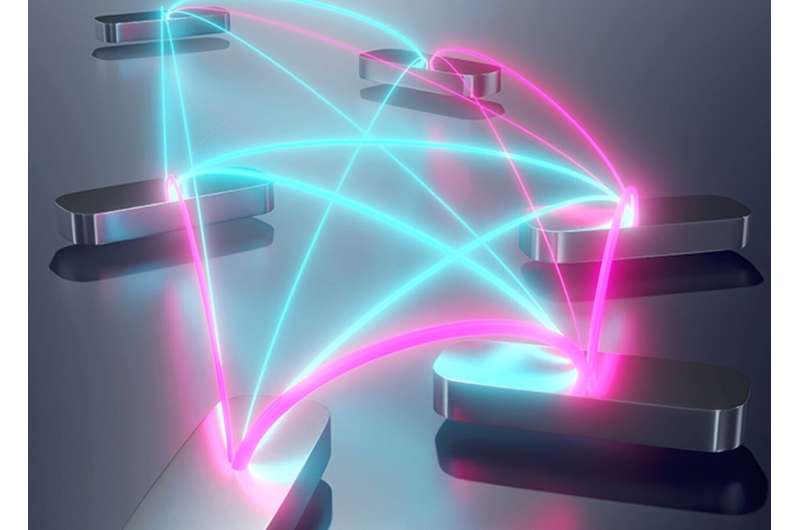Phys.org March 28, 2022
An international team of researchers (USA – Argonne National Laboratory, Lawrence Livermore National Laboratory, Switzerland, the Netherlands, Finland) combined theoretical and experimental work to fabricate and observe the artificial spin glass as a proof-of-principle. Hopfield neural network mathematically models associative memory to guide the disorder of the artificial spin systems. They performed temperature-dependent imaging of thermally driven moment fluctuations within these networks and observed characteristic features of a two-dimensional Ising spin glass. They observed clear signatures of the hard-to-observe rugged spin glass free energy in the form of sub-aging, out-of-equilibrium autocorrelations and a transition from stable to unstable dynamics. They confirmed that the material was a spin glass, evidence that will allow them to describe the properties of the system and how it processes information. AI algorithms developed in spin glass would be “messier” than traditional algorithms, but also more flexible for some AI applications…read more. TECHNICAL ARTICLE

… spin-glass systems comprise a disordered system of nanomagnets arising from random interactions and competition between two types of magnetic order in the material. Credit: Jenna Maria Rantala, Aalto University